Scientists uncover a “front door” to a lunar cave. The discovery lies in Mare Tranquillitatis, a dark basaltic plain.
This pit could lead to an extensive underground lava tube. Will this finding reshape our understanding of lunar exploration?
Lunar Pits: Nature’s Skylights to Underground Mysteries

Over 200 pits dot the Moon’s surface. These pits formed from surface collapses, not impacts.
The Mare Tranquillitatis pit measures 100 meters across and 105 meters deep. Could these pits be gateways to a vast subterranean lunar world?
From Magma Seas to Lava Tubes
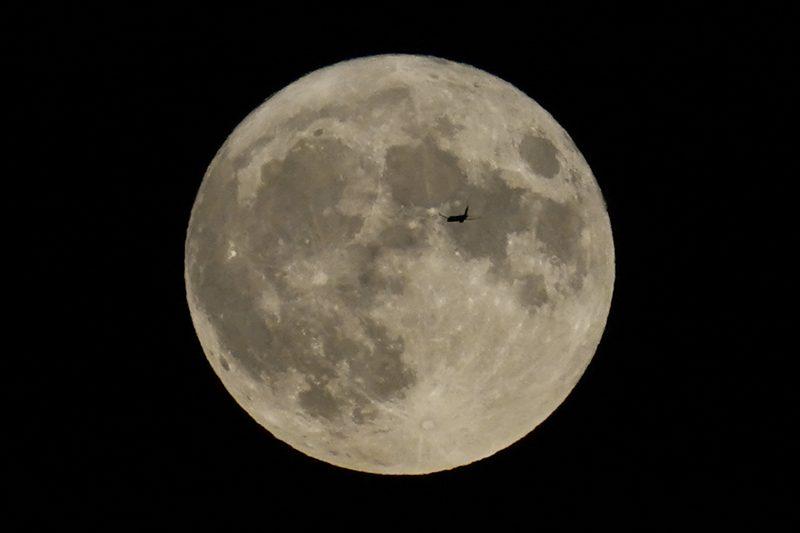
The Moon once boasted seas of molten magma. As lava flowed, it created hardened exterior shells.
These shells formed conduits, potentially connecting to vast cave systems. How many of these ancient lava highways crisscross beneath the lunar surface?
Radar Technology: Peering into Lunar Depths
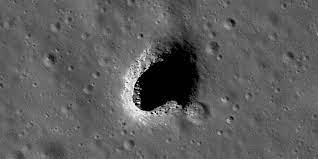
Scientists used synthetic aperture radar (SAR) to map the cave. They first tested the method on Earth analogs in Spain and Yemen.
The Lunar Reconnaissance Orbiter provided crucial Moon data in 2010. Can this technology unlock more lunar secrets?
3D Modeling: Visualizing Unseen Lunar Caves
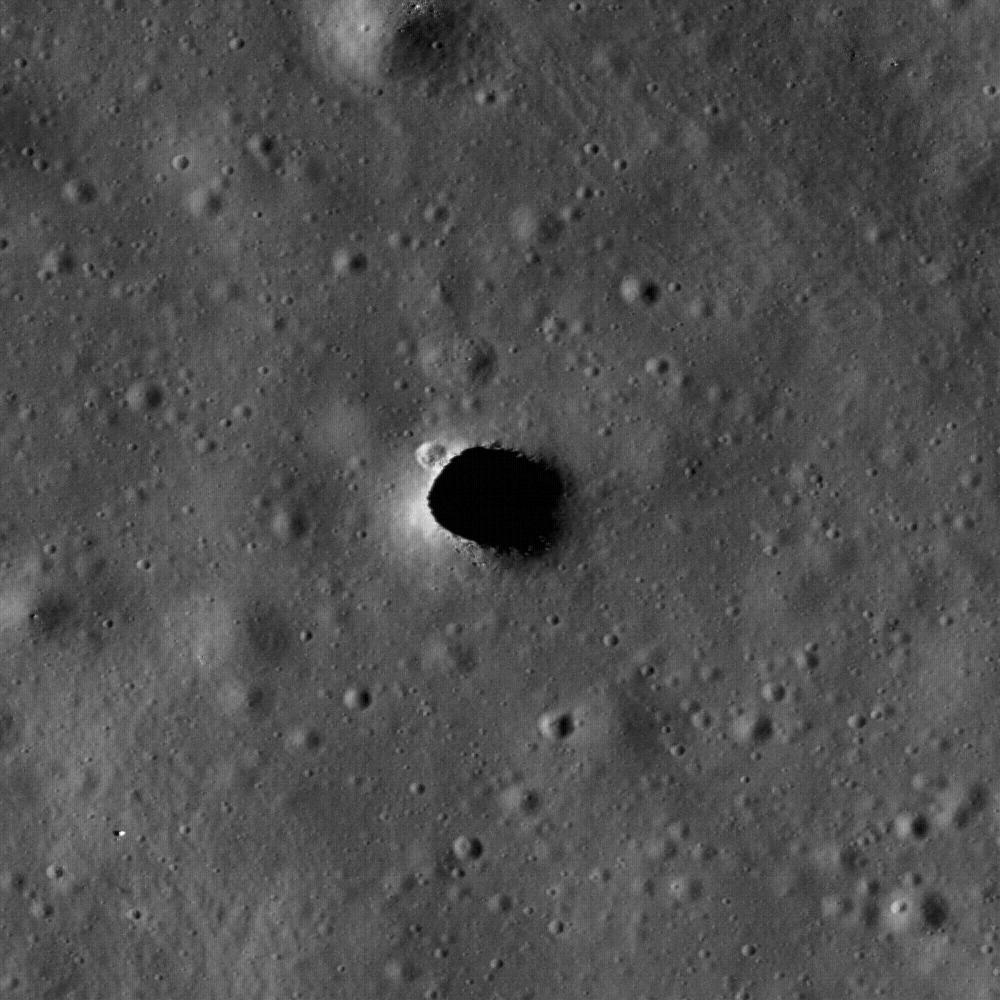
Researchers created a 3D model of the lunar lava tube. The cave entrance measures at least 45 meters wide.
It extends 30-80 meters from the entrance, reaching depths of 135-175 meters. What other surprises might lurk in these subterranean lunar chambers?
Pristine Lunar History: A Geologist’s Dream
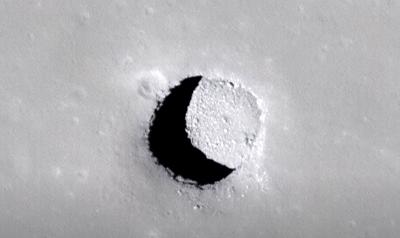
The cave could preserve unaltered lunar rocks. These pristine samples might reveal insights into lunar volcanism.
The rocks remain shielded from cosmic rays and solar wind. Could this be the key to unlocking the Moon’s mysterious past?
Radiation Shelter: Future Lunar Base Location?

Lunar caves might shield astronauts from harmful radiation. The Moon’s surface receives 200 times more radiation than Earth.
Cave habitats could reduce exposure by up to 82%. Will these natural shelters become humanity’s first off-world homes?
Beyond One Cave: A Network Awaits?
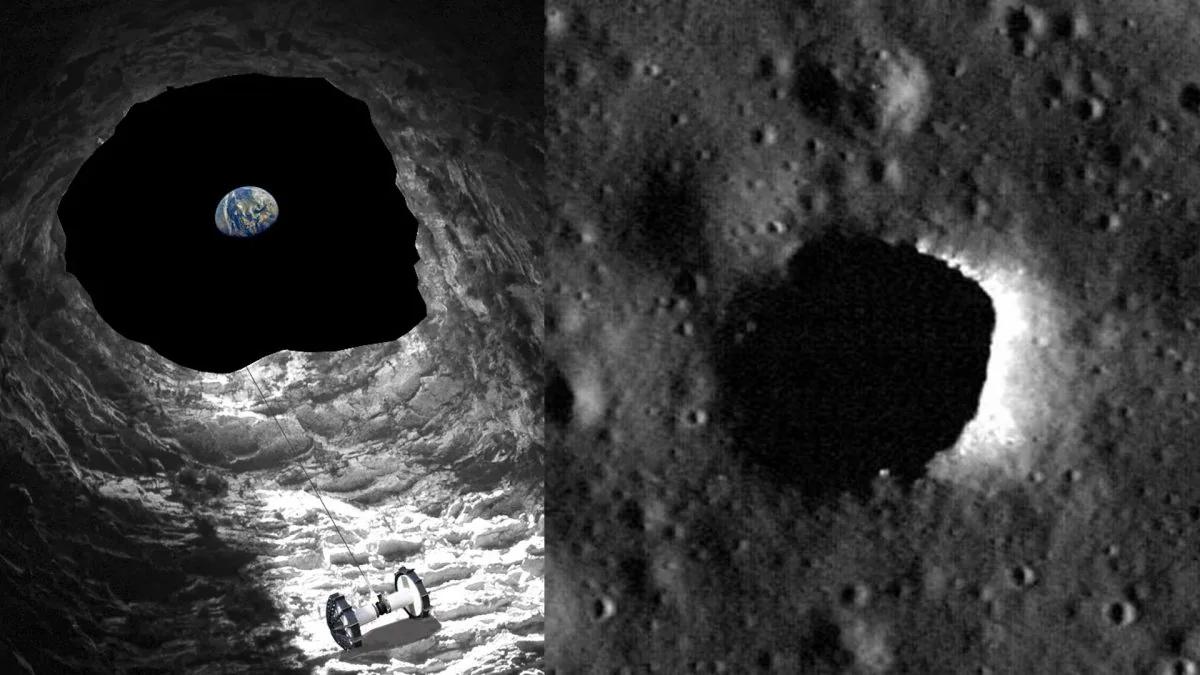
The discovery suggests more intact lava tubes exist. Lunar magma movement patterns could be revealed.
Future missions may use seismometers and gravimeters for detection. How extensive is the Moon’s underground labyrinth?
Data Limitations: The Need for Better Radar
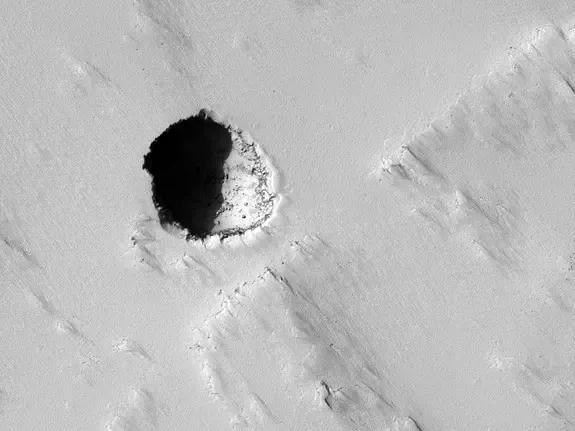
Current lunar radar data lacks sufficient resolution. Many smaller pits remain unexplored.
High-resolution coverage of maria regions is crucial. When will technology catch up to our lunar curiosity?
Next Steps: Missions to Lunar Depths
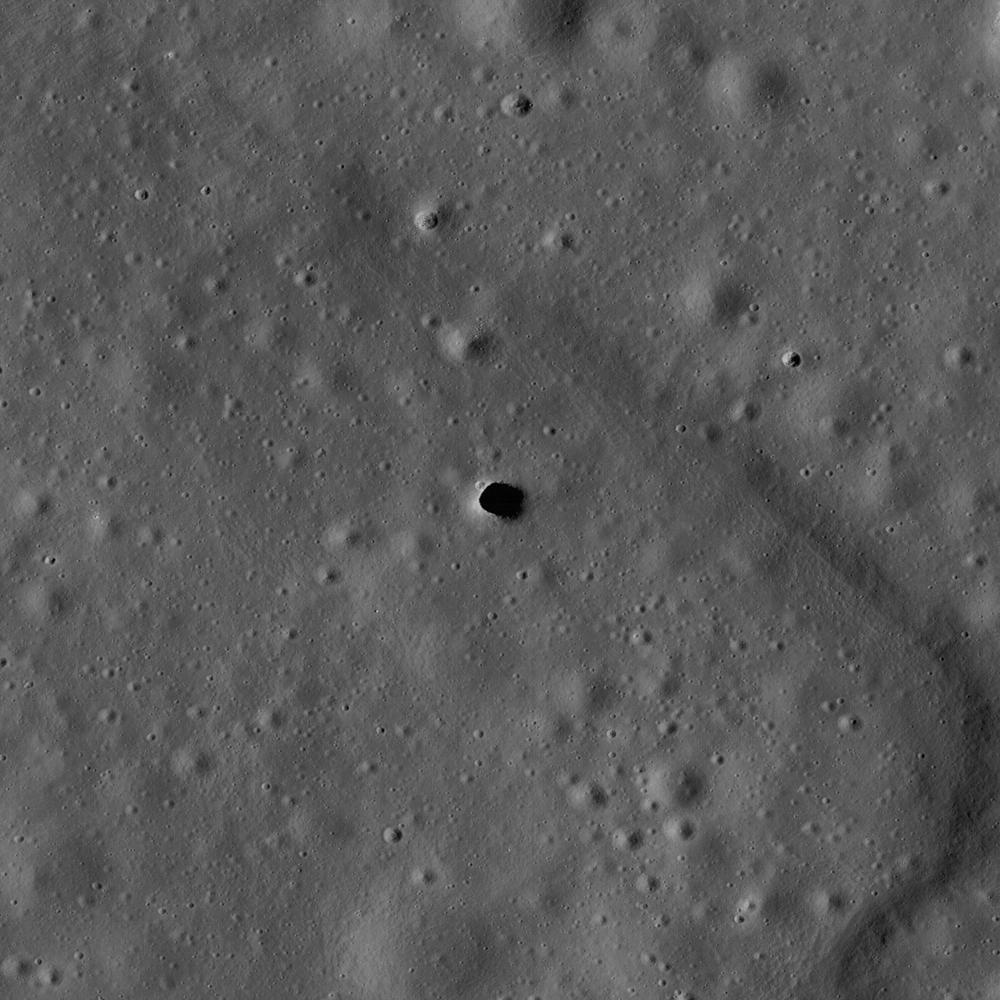
Direct investigation of the cave requires a dedicated mission. Robotic explorers could be the first to enter.
NASA’s VIPER rover, launching in 2024, could pave the way. Who will be the first to step into these lunar caverns?
Moon Race: Cold War Space Competition
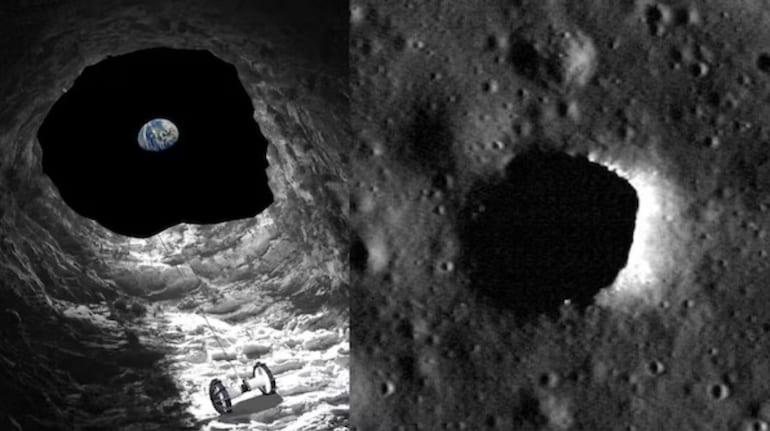
The U.S. and Soviet Union competed to reach the moon. President Kennedy set the moon landing goal in 1961.
The Soviets launched the first satellite and human into space. The U.S. ultimately won the race to land humans on the moon.
Lunar Legacy: Scientific Discoveries from Moon Missions
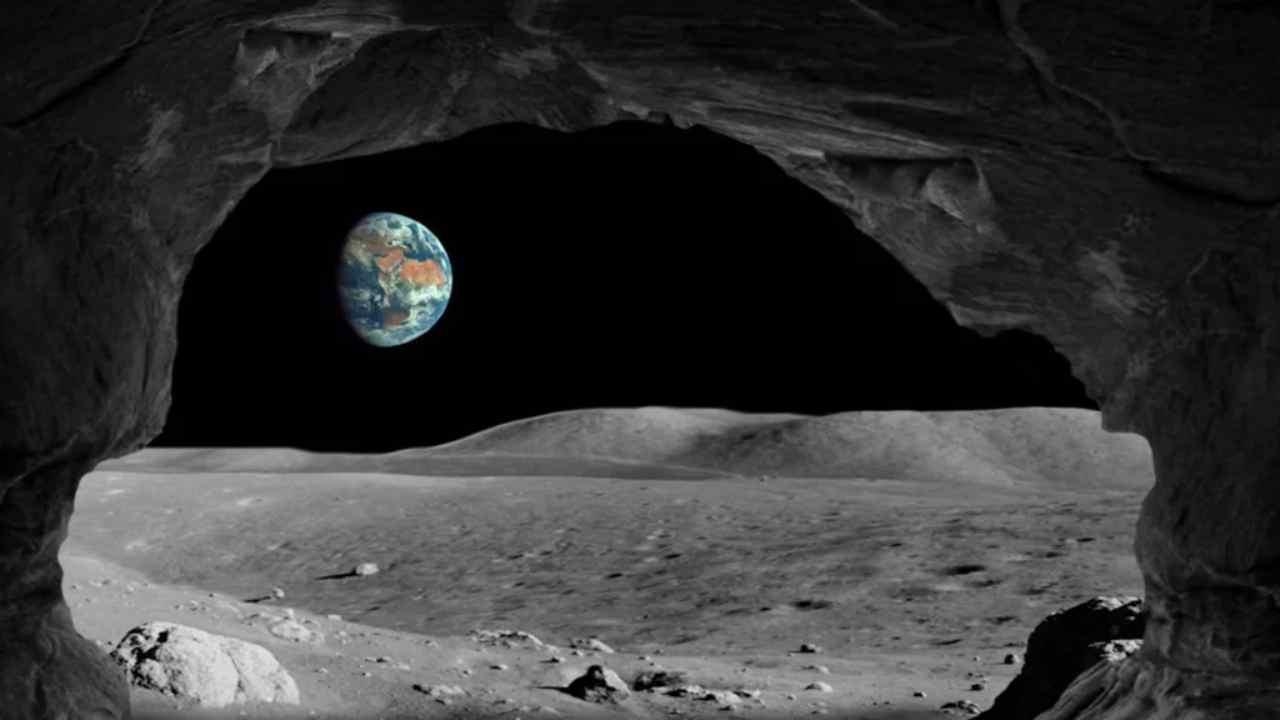
Moon missions provided invaluable scientific data. They confirmed the moon’s age at 4.5 billion years.
Samples revealed the moon’s similarity to Earth’s composition. These findings supported the giant impact theory of lunar formation.
Future Plans: Returning Humans to the Moon
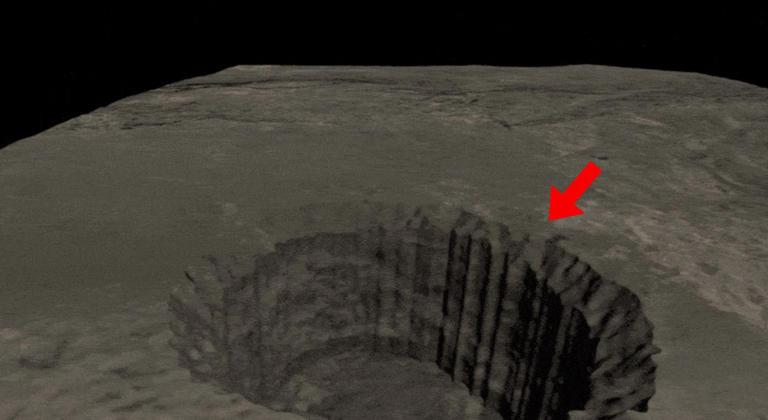
Scientists propose using lunar resources for long-term habitation. The moon’s poles may contain water ice for sustenance and fuel.
Lunar soil could be used for construction materials. A moon base could serve as a stepping stone to Mars.
Lunar Tourism: Commercial Prospects for Moon Visits
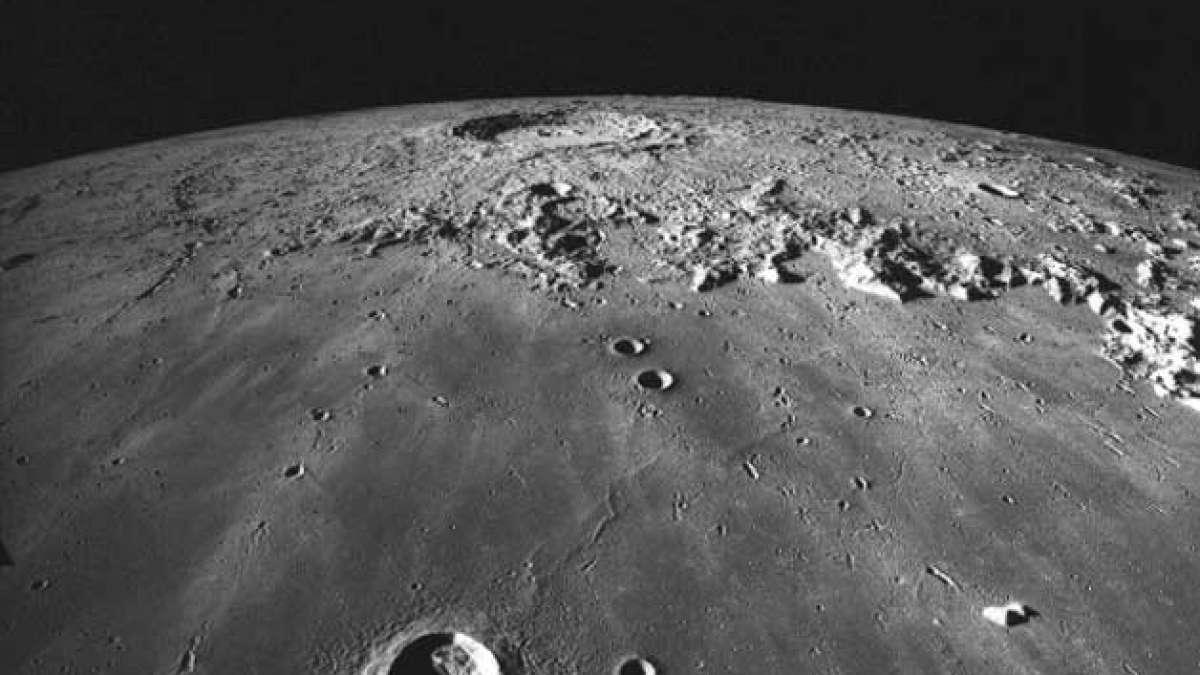
Private companies are developing plans for lunar tourism. SpaceX has proposed a mission to fly tourists around the moon.
The cost for such trips could exceed $100 million per person. Lunar tourism could become a reality within the next decade.
Moon Treaties: Legal Framework for Lunar Activities
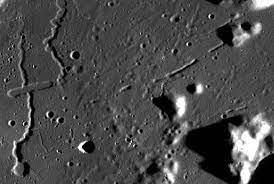
The Outer Space Treaty of 1967 governs lunar activities. It prohibits claims of sovereignty over celestial bodies.
The Moon Agreement of 1979 aimed to regulate resource exploitation. Only 18 countries have ratified the Moon Agreement, excluding major space powers.


